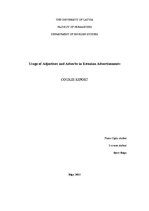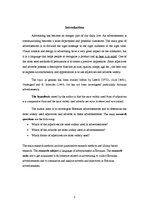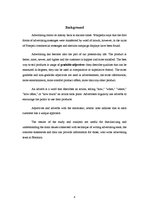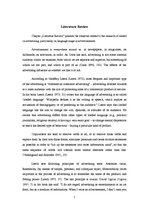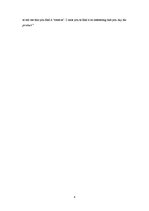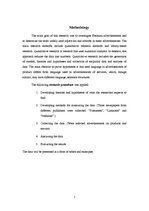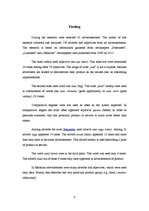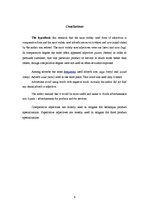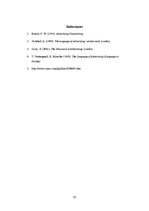-
Usage of Adjectives and Adverbs in Estonian Advertisements
Szint:
Főiskola/egyetem
Irodalom:
5 egység
Referenciák:
Használatban
Megtekintett időszak:
2009.g. - 2011.g.
Küldés e-mailben
Az Ön neve:
Adja meg az e-mail-címet, amelyen meg szeretné kapni a linket:
Üdv!
{Your name} szerint érdemes lehet megtekinteni ezt a dokumentumot az eKönyvtárban „Usage of Adjectives and Adverbs in Estonian Advertisements”.
A dokumentumra mutató link:
https://www.ekonyvtar.eu/w/644282
A dokumentumra mutató link:
https://www.ekonyvtar.eu/w/644282
E-mail elküldve
